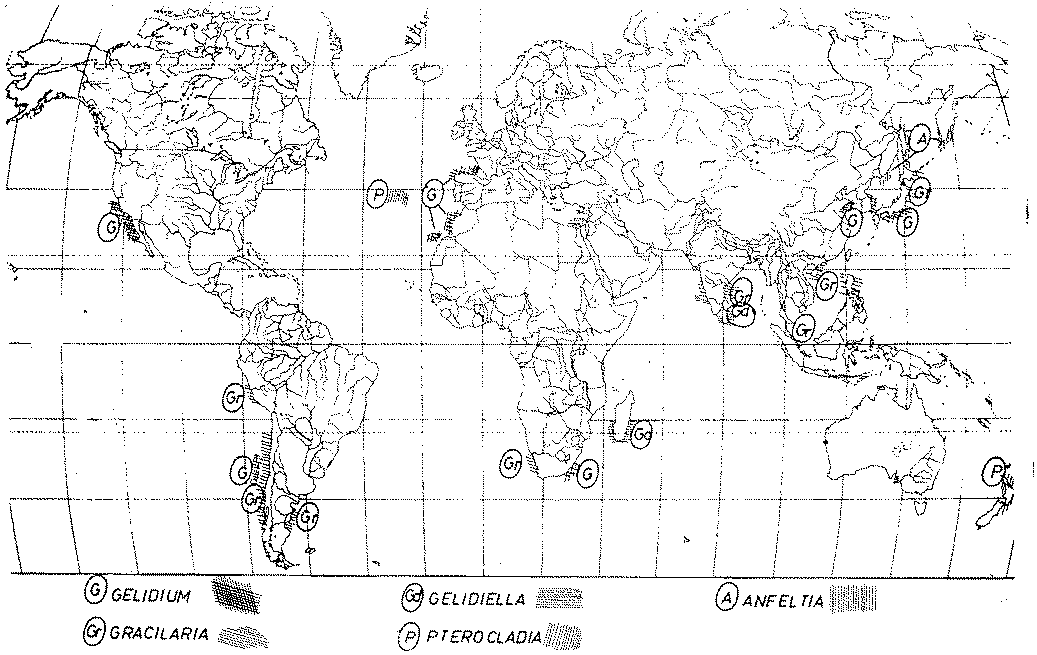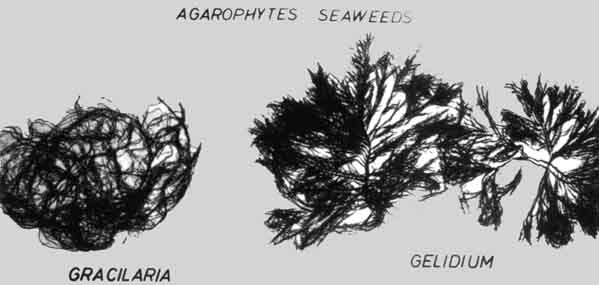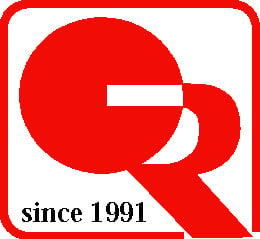A Gelatinous Odyssey: The Rich History of Agar-Agar in Europe
Agar-agar, often simply referred to as agar, is a gelatinous substance derived from red algae. Known for its impressive gelling properties, agar-agar has found its place in various culinary and industrial applications. Here we delve into the fascinating history of agar-agar, tracing its journey from the shores of Japan to the bustling markets of Europe.
AGAR AGAR (CHINAGRASS)PRODUCT FACTSHEET
3/6/20254 min read
The European Introduction:
The journey of agar-agar from Japan to Europe began in the 19th century. Initially, it was introduced by Dutch traders who recognized its potential. However, it was not until the early 20th century that agar-agar gained significant traction in Europe. With the burgeoning food industry, which sought new and innovative gelling agents, agar-agar's introduction coincided perfectly.
Agar production using various species of red algae became prominent in Europe. The major sources included different species of Gelidium, Gracilaria, Pterocladia, and Gelidiella. These were harvested from various countries including Spain, Portugal, Morocco, Japan, Korea, Mexico, France, the USA, Chile, and South Africa. The production process was refined over time to improve yield and quality. For instance, alkali treatments were used to increase the gel strength of Gracilaria agar..
The Eastern Roots:
The history of agar-agar can be traced back to Japan in the mid-17th century. According to Japanese legend, agar-agar was discovered by Minoya Tarozaemon in 1658. It is said that a Japanese innkeeper found that a seaweed jelly left out overnight had solidified after freezing, leading to the development of "kanten," the Japanese word for agar-agar. The monument in Shimizu-mura commemorates the first time agar-agar was manufactured. Originally, agar was sold as tokoroten, a gel-like product, but its industrialization as a dry and stable product began at the start of the 18th century, and it became known as kanten. The word "agar-agar" has a Malayan origin, although in French- and Portuguese-speaking countries, it is also called gelosa.
Agar production using modern techniques began in California by Matsuoka, who registered patents in the United States in 1921 and 1922. The method by freezing, which is now classic, was developed in California during the years prior to World War II by H.H. Selby and C.K. Tseng. Their work was supported by the American government to make the country self-sufficient in strategic needs, especially in bacteriological culture media.
During World War II, the shortage of agar acted as an incentive for countries with coastal resources of Gelidium sesquipedale to begin production. Loureiro started the agar industry in Oporto, Portugal, and J. Mejias and F. Cabrero commenced studies in Spain, which led to the establishment of the significant Iberian agar industry..
Culinary Uses:
One of the key attractions of agar-agar is its versatility. Unlike gelatin, which is derived from animal collagen, agar-agar is plant-based, making it suitable for vegetarian and vegan diets. Its robust gelling properties, even at low concentrations, make it ideal for a variety of culinary applications. From delicate fruit jellies to savory aspics, agar-agar has found its way into countless European kitchens. Moreover, its ability to remain stable at room temperature has made it a favorite in confectioneries and bakery products.
Industrial Applications:
Beyond the culinary realm, agar-agar has carved out a niche in various industrial sectors. In microbiology, agar-agar serves as a culture medium for bacterial and fungal growth, revolutionizing the field of microbiological research and diagnostics. Its unique properties have also made it a valuable ingredient in the cosmetics and pharmaceutical industries. Agar-agar's ability to stabilize emulsions and its role as a thickening agent have made it indispensable in products ranging from lotions to medicinal capsules.
Sustainable Harvesting and Production:
The sustainability of agar-agar production is another factor contributing to its popularity. Agar-agar is derived primarily from two types of red algae, Gelidium and Gracilaria. These algae are harvested from the wild, though there has been a growing trend towards aquaculture to ensure a sustainable supply. The production process involves boiling the algae to extract the agar, followed by a purification process to remove impurities. The final product is dried and ground into a fine powder, ready for use in various applications.
The European Market:
Today, Europe boasts a thriving market for agar-agar. Importers, distributors, and manufacturers play a crucial role in ensuring a steady supply of high-quality agar-agar to meet the demands of various industries. With a growing consumer preference for plant-based products and the increasing emphasis on sustainability, agar-agar is well-positioned to maintain its relevance and popularity in the European market..
Conclusion:
The history of agar-agar is a testament to the enduring appeal and versatility of this remarkable substance. From its humble beginnings in Japan to its widespread adoption in Europe, agar-agar has proven itself to be an invaluable asset in both culinary and industrial applications. For importers, distributors, and manufacturers, understanding the rich history and diverse uses of agar-agar can provide valuable insights into its continued potential and opportunities for growth in the European market.
Welcome White Label / Private Label inquiries with full customization, control over Quality/Safety, and ensuring excellence in processing, packaging, and exporting of products
Additionally, we also take care of allergens, heavy metals, micros and more. Available in various gel strength, formats (strips, powder, sponge, sticks, and packing formats. Contact us with your sample or exact organoleptic description for a quote (along with full physical, chemical and microbiological specifications) to match your requirements. More details and specification on Agar Agar are here.


Source: FAO Fisheries Technical Paper 288


Source FAO Fisheries Technical Paper 288
Agarophytes SeaWeeds Distribution Map
Tel: +852 25172316
© 2024. All rights reserved. All information on this site is without any contractual, financial or otherwise any other liability. For binding information, please contact us and include your concerns / requirements in enquiry, quotation, contract and shipping documents.
5/Fl. Qualipak Tower, 122 Connaught Road West
Hong Kong.
China Business Ltd. T/A Orient Resources Company


Fax: +852 25178741
